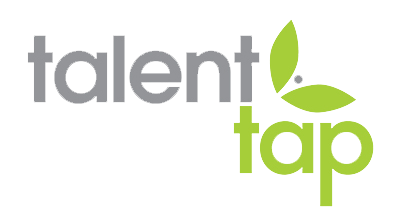Dealing With A Bad Hire
Bernadette Hill
January 20, 2025

Let’s imagine a world where you missed out on Talent Tap’s last blog post, “Avoiding a Bad Hire”. Such a place would be truly scary, but let’s just say that it happened and well, you’ve ended up with a less than desirable employee.
Fear not! We’re here to help.
The light at the end of the tunnel isn’t really an on-coming train. There is good news to be had: a bad hire is just one dimension of a business. Look at it this way, there are a myriad of business decisions that can take a nose-dive and people still stuck it out. Look at “New Coke”. That stuff was terrible and while Coke took a little heat for it, they soldiered on. You’ll do the same.
Like many disaster recovery plans, the first step is to admit that you have a problem. Fall on the grenade and get it over with. Why? Numerous studies have shown that sweeping the issue under the rug is only going to result in more pain later down the line. Once you are ok with saying “I hired incorrectly” out loud, you can figure out what kind of bad hire you’re dealing with:
The “No Momentum” Hire:
1) The new person starts of strong and makes an immediate positive impact…for about six months. After that, you’ll start to have an “ok” employee who falls short of initial expectations.
The “Immediate Disaster” Hire:
2) The newbie proves to be a disaster from the get go for any number of reasons – personal baggage, rude, no respect for deadlines or time, or is just flat out dangerously incompetent.
The “Wrong Seat On The Bus” Hire:
3) The new hire is pretty much in the wrong position in terms of competencies, experience or cultural fit. This one can be realized by both the hire and the company.
Now what? Well, that’s up to you. Let’s skip over #1 for now and move right to #2. Typical wisdom is going to tell you to sever the relationship ASAP. And typical wisdom is right. Don’t let a bad hire ruin what you’ve worked to build. Harsh, but true.
As for #3, this one is a bit interesting. It may very well not be the employee’s fault here. Sometimes things are just mismatched from day one. Take the time to sit down with him or her and work out if there is a better position, in terms of fit, within the company. These folks can turn into valuable employees if you take the time to align competencies with your needs. Also review your recruiting, onboarding and training processes. Do you need a more defined job description, screening/interviewing process and/or position scorecard?
Onto #1 we go. This can have one of two outcomes, really. First, a conversation about expectations and goals could correct the slipping and everyone will be happy. Second, it can turn out they really just don’t want to work there anymore and in that case, it’s time for you to end it and recover what you can.
How have you all handled bad hires in the past? Any techniques that have worked out for you better than others? Please, share with us in the comments below.
Up next: What if it’s you and not them?
Share This Post!
Talent Tap Trends & Insights | Lancaster, PA



